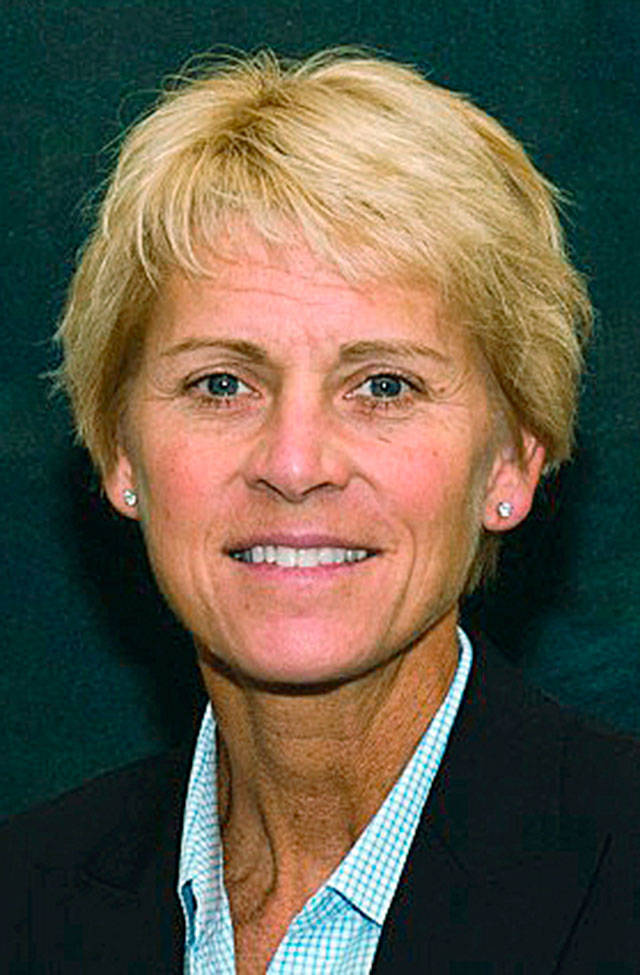By Karissa Niehoff, NFHS executive director
Given the increase in school-related shootings since the Columbine massacre 20 years ago, perhaps it is not surprising that these acts of violence are no longer confined to regular school hours.
The tragic shooting – and eventual death of an innocent 10-year-old – at a New Jersey high school football game last month made headlines across the country and was a somber reminder that events occurring after school hours are subject to the same type of senseless violence.
This was not the first shooting at a high school sporting event this year – actually it was the 23rd according to the National Center for Spectator Sport Safety and Security (NCS4) – but the death of Micah Tennant and the eventual conclusion of the game five days later at the Philadelphia Eagles’ stadium drew nationwide coverage.
Camden High School and Pleasantville High School finished the playoff game at a nearly empty Lincoln Financial Field before a few hundred family members and friends as the stadium was closed to the public. Larry White, New Jersey State Interscholastic Athletic Association executive director, said the decision to finish the game was made by both schools “to provide closure and send a powerful message that acts of violence and those who perpetrate them will not win.”
High school sporting events traditionally have been safe gathering places for fans to attend and celebrate the accomplishments of high school student-athletes – particularly the sport of football. And we must do whatever is necessary to make sure these venues remain safe and secure.
Reports have been encouraging about attendance as state football playoffs concluded in some states last weekend and continue in other states this coming weekend. In Indiana, about 20,000 people attended the Class 5A championship at Lucas Oil Stadium in Indianapolis on the day after Thanksgiving.
We want to ensure that our stadiums remain open for everyone to attend. The fans – students, parents, other family members, friends, community residents – are what make education-based athletics different from non-school sports.
More intense security plans have been in existence at college and professional sports venues for many years; it is essential that leaders in high school sports move after-school safety and security to the top of their priority lists.
In addition to school athletic events that typically start in early evening hours, security plans also should be in place for practices inside and outside the school building.
Many resources are available for high school athletic administrators to implement an after-school safety and security program, including the free online education course on the NFHS Learning Center at www.NFHSLearn.com. “Afterschool Security” provides practical strategies for developing and implementing a school safety team and an after-school activities supervision plan.
As was the case with increased security at airports after September 11, 2001, the results of heightened safety plans for after-school activities may be an inconvenience for some individuals. However, plans must be in place to ensure that high school stadiums and arenas remain open for the almost eight million participants in high school sports, as well as the estimated 350 million fans annually.
Karissa Niehoff is executive director of the National Federation of State High School Associations (NFHS) in Indianapolis, Ind.
Talk to us
Please share your story tips by emailing editor@kentreporter.com.
To share your opinion for publication, submit a letter through our website https://www.kentreporter.com/submit-letter/. Include your name, address and daytime phone number. (We’ll only publish your name and hometown.) Please keep letters to 300 words or less.

